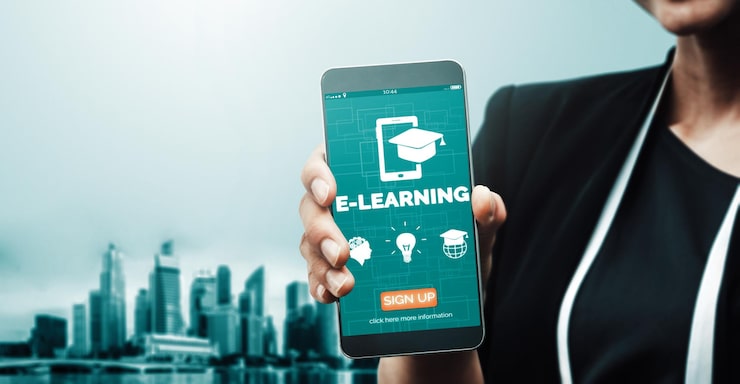Education Interactive Learning Apps have revolutionized the way students engage with knowledge in the digital era. Gone are the days when learning was confined to textbooks and chalkboards. Today, interactive apps provide immersive experiences that make learning exciting, personalized, and highly effective. These apps not only increase engagement but also help students retain information better through interactive quizzes, gamified lessons, and multimedia content.
Schools, colleges, and even online education platforms are increasingly adopting these tools to complement traditional teaching methods. By leveraging technology, educators can create dynamic learning environments that cater to various learning styles, ensuring every student has the opportunity to thrive.
How Interactive Apps Transform Student Engagement
The most significant advantage of Education Interactive Learning Apps is their ability to capture students’ attention. Unlike traditional methods, these apps use interactive elements such as videos, animations, simulations, and quizzes to make complex topics easier to understand.
For instance, a biology student can explore the human anatomy in 3D, rotating organs and systems to visualize processes that would be difficult to grasp from diagrams alone. Similarly, history learners can experience virtual tours of ancient civilizations, making lessons more memorable and impactful.
Personalization for Better Learning Outcomes
One of the core features of Education Interactive Learning Apps is personalized learning. These apps can adapt content based on individual student performance, allowing learners to progress at their own pace. This approach ensures that struggling students receive additional support while advanced learners are challenged with higher-level material.
Real-life examples include math apps that adjust problem difficulty in real-time based on user performance or language learning apps that tailor vocabulary exercises to each learner’s strengths and weaknesses. Personalized learning fosters confidence, independence, and motivation, leading to better academic outcomes.
Gamification and Motivation
Gamification is a key strategy in interactive learning apps. By incorporating game-like elements such as points, badges, leaderboards, and challenges, these apps make learning competitive and fun. This motivates students to complete lessons and engage more actively with the content.
For example, a geography app may reward students with badges for correctly identifying countries on a map or completing quizzes within a time limit. Gamification encourages continuous learning while enhancing retention and problem-solving skills.
Collaborative Learning Opportunities
Education Interactive Learning Apps also facilitate collaborative learning. Many apps offer features such as discussion forums, group projects, and real-time feedback, allowing students to interact and learn from one another.
In practice, a science app may allow students to work together on virtual experiments, share findings, and discuss results. Collaborative learning nurtures teamwork, communication, and critical thinking skills, preparing students for real-world challenges.
Leveraging Analytics for Student Progress
Interactive learning apps provide educators with valuable analytics to monitor student progress. Teachers can track engagement levels, performance trends, and areas where students struggle, enabling timely intervention and support.
For example, an online math platform may highlight concepts where students consistently underperform, allowing teachers to provide additional instruction or resources. Analytics empower educators to make data-driven decisions, ensuring that each student achieves their full potential.
Accessibility and Convenience
Another significant benefit of Education Interactive Learning Apps is accessibility. Students can learn anytime and anywhere, using smartphones, tablets, or computers. This flexibility is especially important in remote or hybrid learning environments, where physical classroom access may be limited.
Apps with offline capabilities allow students in areas with limited internet connectivity to continue learning without interruption. This democratization of education ensures that high-quality learning resources are available to all, regardless of location or circumstances.
Real-World Applications and Success Stories
Several educational institutions and platforms have reported remarkable results using interactive apps. Schools implementing digital learning tools have observed increased participation, higher test scores, and improved classroom behavior.
For instance, a language school integrating an interactive app for English learners found that students completed assignments more consistently and retained vocabulary more effectively. Similarly, a STEM-focused program saw a surge in student interest in coding and robotics after incorporating gamified learning modules.
By blending technology, interactivity, personalization, and analytics, Education Interactive Learning Apps create a transformative educational experience that engages students, enhances learning outcomes, and prepares learners for a rapidly evolving world.
Read also:
tirupati courier tracking status online
tirupati courier tracking status
tirupati courier tracking shipway
tirupati tracking number
panera bread menu
dairy queen menu

